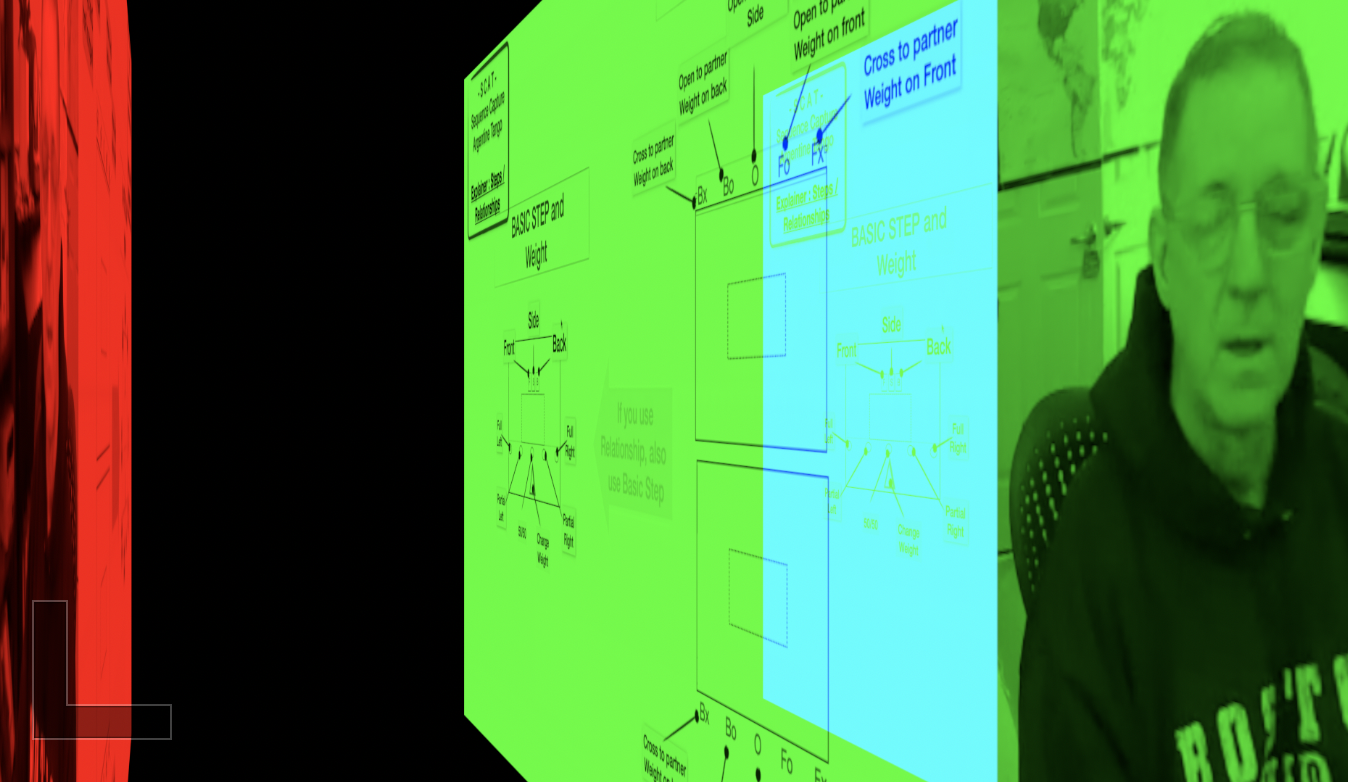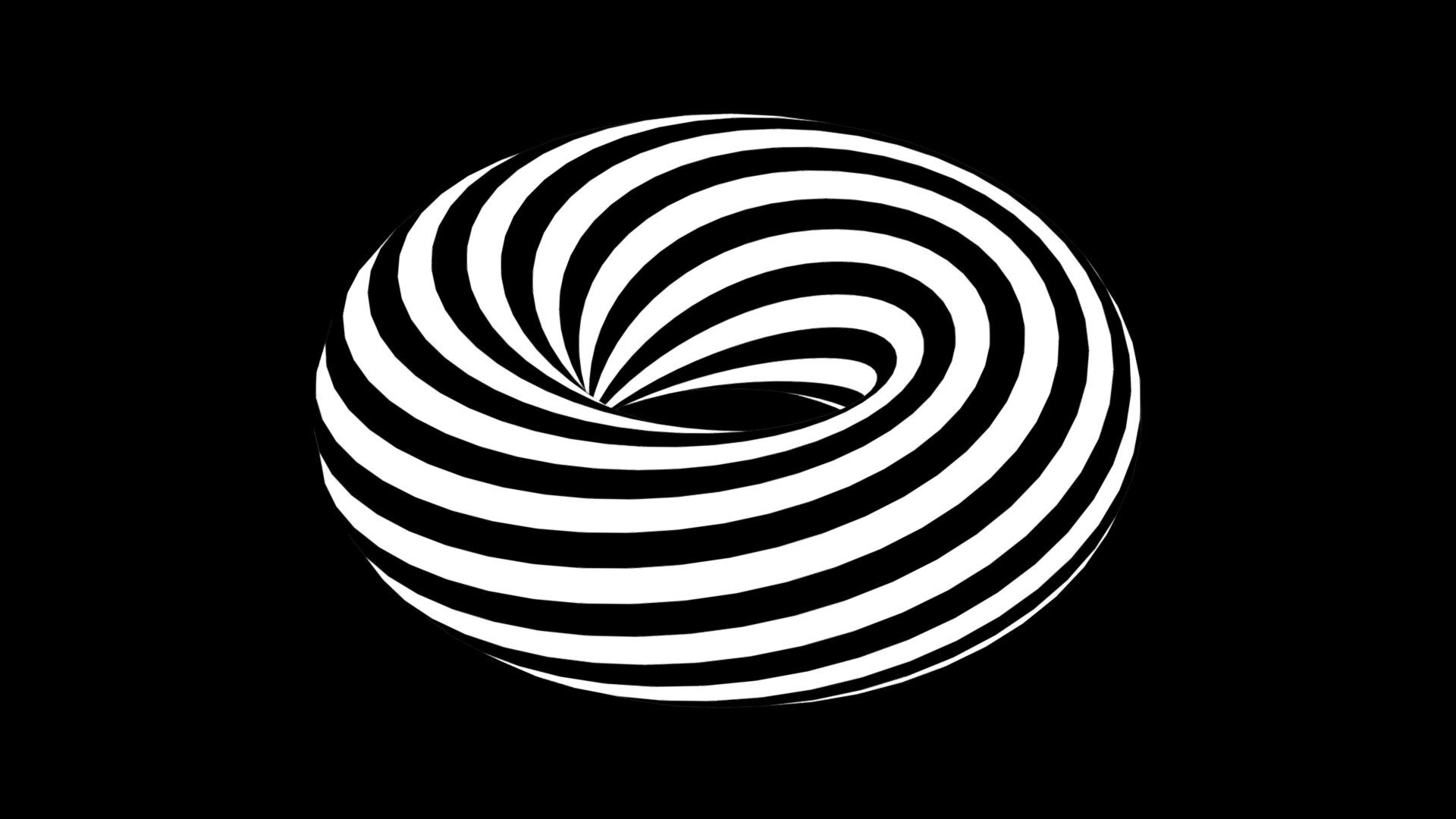The Relationship Between Tango and Mathematical Models
“There is geometry in the humming of the strings, there is music in the spacing of the spheres” – Pythagoras.
There is a long-established relationship between musical expression and mathematics, and Tango is no exception; it is a complex paired dance form that is both technical and very sensual, attracting a whole range of people.
The sensual side, Tango’s closed embrace, is physically intimate and deeply personal, appealing to analytical and divergent thinkers.
Since you continuously hear your Argentine Tango teacher mention the words L- shaped, oscillate, out of the circle, and 90-degree angle, you’ll know that logic, symmetry, permutations, and topology are also present both in conscious and in an intuitive way when dancing Tango.
The required technical ability and the fascinating challenge in geometry, improvisation, and structured steps could be the answer to why IT specialists, Software or Web developers, mathematicians, and professors are attracted to the dance. What if we try to decrypt the DNA of Tango using mathematical tools such as symmetries and solid 2-torus models.
Continuous and Discrete Models. Since the couple’s arms are linked in the tango embrace, their bodies can be modeled in space in a simplified mathematical form by a mathematical solid 2-torus (a mathematical 2-torus is the mathematical abstract version of a doughnut). But, as the dancers also come often into touching contact with their faces, heads, and/or legs, this solid 2-torus during a real dance experience changes often shape to become a 3 (or more in general d)-holed mathematical solid torus. Thus a couple’s dancing can be mathematically described as a solid 2-torus flowing in space along a circle, and transforming itself continuously in and out of d-holed solid tori.
From Basic Steps to Geometric Movement
We divide Tango music into 4/4 time (4 beats per measure), two upbeats, and two downbeats. A strong beat (1 and 3) is used to mark the times at which standard time-based movements are executed (i.e. walking on the downbeats). Although half time (just 1 or just 3, rarely just 2 or just 4), double time (1-2-3 or 3-4-1), syncopation (12-4 or 34 - 2), and extended pauses become the standard vocabulary of more advanced dancers, the basic dance steps are modeled on standard walking on music beats.
Theoretically, the step can be taken in any chosen direction, although, based on tango codigos, the couple generally must progress forward and counterclockwise following the Line of Dance (Ronda).
The newcomers and Absolute Beginners, especially those coming from ballroom or salsa backgrounds, subconsciously expect some sort of counting. But since Tango is closer to classical music than typical dance music, that is qualified as such due to repetitive rhythmical patterns, (check out Joaquin Amenabar ‘ Tango, Let’s dance to the music - I have 3 books left!) - one can count the steps, but it is really an ability of phrasing that allows everything to fall into the correct place on the music.
Mathematicians may not see this as deeply mathematical, but a form of numerical thinking is needed to make judgments about rotation and velocity, predicting where one’s partner will end up, and controlling one’s own body and movements to lead a partner to a certain place.
Dancers can pause, stand still, and rotate and pivot by a certain angle on the spot. Some movements are great examples of dancing in geometric terms. Take, for example, a volcadas or colagadas involving a follower and leader getting into an off-balance position creating the shared axis situation with the weight leveraged, but not necessarily evenly distributed. Another is lapiz, meaning “compass” and its modification (planeo), where one foot is in place revolving on its axis, and the other foot is extended to draw a pure circle. Not enough? - dive into sacadas, where both geometry and timing have to be perfected simultaneously.
The Dinzel system is the result of many years of observation, research, and knowledge transfer of Tango dancing, developed by Rodolfo and Gloria Dinzel. It is a collection of the key elements that define the aesthetics of Tango Argentino. The result is a detailed technique that allows each student to build their own dynamics and their own individuality within a group
Partner walking presents the most important geometry, as much of Tango is rotated. When we are no longer walking directly in front of each other in a line, our bodies cannot have a linear body mechanic – we have to respect circular geometry. Understanding the relative positions of the bodies in outside partner walking helps us cultivate quality and ease.
Mathematical permeation in Tango
“I started dancing Argentine tango 2 years ago when I began my Ph.D. on the formalisation of mathematical proofs. At first, I thought tango was just going to be a relaxing change from the intense alternation of frustration and eureka! that my PhD research involved. But I began to realize that logic, symmetry, permutations, and topology weren’t just concepts that I was thinking about when sitting at my desk. I was also thinking about them, in a kinetic way, an intuitive way, an alive way, when dancing tango!
“I was also surprised to find that over half of my fellow tangueras were studying maths, engineering, informatics or some kind of maths-heavy science. Mathematics permeates tango, and especially the kind of mathematics which deals with infinite 2-dimensional symmetries named wallpaper patterns.”
says Imogen Morris in her article ‘Dancing wallpaper patterns: the beautiful mathematics of tango’
Symmetry
There are four types of symmetries that are embodied by Tango steps: translations, reflections, rotations, and a step forward (a reflection and translation). In Tango, both leaders and followers always stand on one foot. That means a reflection can be easily represented by changing the foot you are standing on. Every single step you take includes a reflection, while rotations are only made out of sequences of steps, which makes Tango an inherently reflectional dance.
In this wallpaper the thin blue lines are lines of reflection and the pinwheel designs are rotation points that have 4 separate rotations around them. These are the symmetries that describe the design, but the wallpaper also has miracles and translational symmetries. You can dance the miracles by simply walking along one of the blue lines of reflection.
The Solid 2-torus
In a Tango embrace the couple’s arms are linked, and their bodies, according to Carla Farsi from the University of Colorado, can represent a simplified mathematical form of a solid 2-torus (a doughnut). As the couple dance together, they may come into contact with each other’s faces, heads, or legs; this solid 2-torus continuously transforms to become a 3 holed mathematical solid torus.
The distance and the relative position between the leader and the follower’s chests remain fairly constant throughout. Therefore, we can “consider the leader’s chest position and angle of twist as the main parameters for Argentine Tango.” When the leader’s chest moves forward and twists to his left, his free foot advances to his forward left. This chest position and twist determine the position of the follower’s hips, and what the follower will do.
If a couple returns to their original position at the end of the dance, their dancing can be represented by a loop on a 3-torus parametrized by the time. This is referred to as the standard continuous model. A discrete model, on the other hand, selects only the points corresponding to music beats. Due to the strict rules governing Tango, the discrete model contains enough information to “describe the entire dance” fully.
Tango is obviously almost never danced through the lens of mathematics while it lasts. However, there’s a stark contrast between its sensuality and the precision of its geometry. Although Tango has a strong mathematical element, it can also be a form of artistic expression, political protest, expression of sexuality, physical exercise, psychological catharsis, enhancement of leadership qualities, and encourage social interaction. The interplay of these elements engages people from a range of professions with a variety of interests and makes the Tango one of the most interesting dances.






